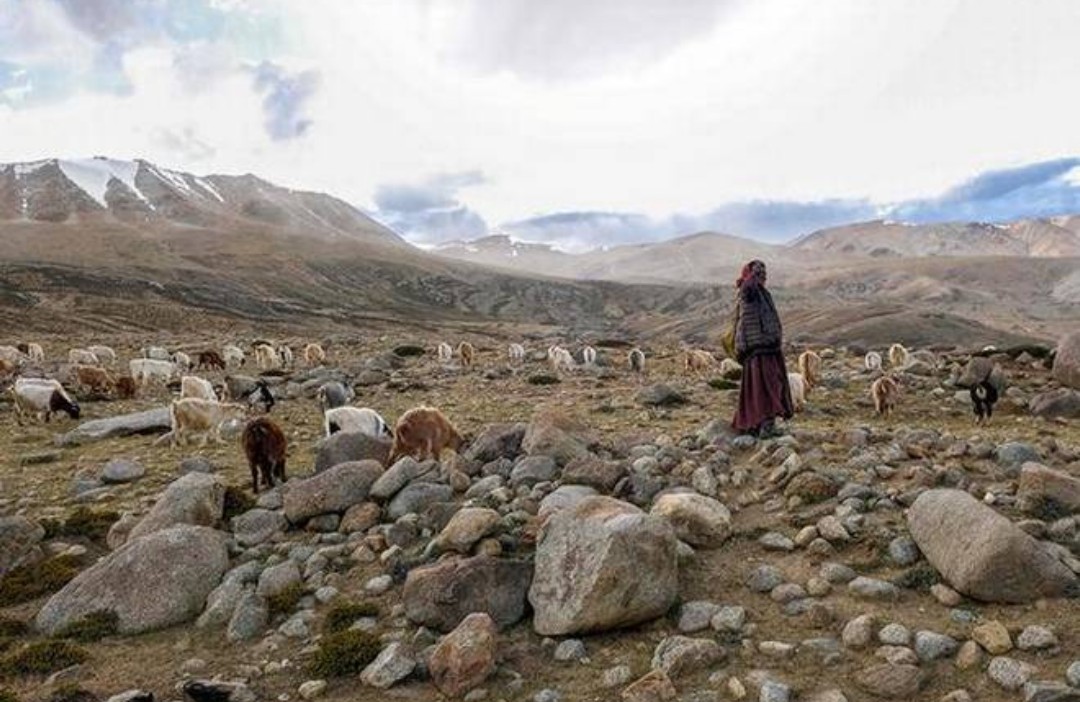It is being seen as an expansion of its previously known territorial claims in the area.
China’s claims to the entire Galwan valley in Ladakh, attributed on Friday by a Chinese strategic expert to “historical rights” going back to the Qing Dynasty, are being seen as an expansion of previously known Beijing’s territorial claims in the area.
The claims mark a shift from the past, and suggest China now claims territory west of the Line of Actual Control (LAC) and possibly up to the confluence of the Galwan and Shyok rivers.
While most Chinese maps show almost all of the Galwan river within Chinese territory, the western edge of the river where it meets the Shyok was not shown as Chinese territory previously in earlier maps.
On Friday, a leading Chinese strategic expert on border affairs at the Chinese Academy of Social Sciences (CASS), an official think-tank, made the claim to the entire valley in an interview with State media, citing “multiple accounts from the Qing Dynasty” that showed “historical rights”.
“Multiple accounts from the Qing Dynasty [1644-1911] and Western literature have recorded that the Galwan valley was China’s territory. Based on the principle of ‘historic rights,’ China has jurisdiction over the valley area,” Zhang Yongpan, a research fellow of the Institute of Chinese Borderland Studies at CASS, told the Global Times.
He referred to India’s construction activity near the Shyok as reflecting an attempt “to break into Chinese land”. “In nearby Shyok river in west Galwan river, India built an airport, constructed bridges, roads and villages. For years, the country has been seeking to break into Chinese land,” he said.
This followed a statement on Tuesday made by People’s Liberation Army’s (PLA) Western Theatre Command spokesman Colonel Zhang Shuili that “China always owns sovereignty over the Galwan valley region”.
That was said a day after Monday’s clash in the area that claimed the lives of at least 20 Indian soldiers in the worst violence on the border since 1967.
MEA: untenable claims
Reacting to the PLA statement, India’s Ministry of External Affairs described the claims as “exaggerated and untenable”.
The LAC runs east of the Galwan-Shyok confluence, and Monday’s clash was thought to have taken place in the area between the confluence and the LAC, on India’s side of the line. While the LAC has never been demarcated and there are differing perceptions in at least a dozen spots along the LAC, this was not among them, according to officials, and had not seen incidents in the past.
M. Taylor Fravel, an expert on the Chinese military at MIT, told The Hindu earlier, “Chinese maps that I have seen show almost all of the Galwan river as lying within the territory China claims in the area. The one discrepancy would be the western tip of the Galwan river as it meets the Shyok. Here, the last few kilometres of the Galwan river are often depicted as lying beyond China’s border. How one defines the parameters of the valley itself might be different than the river, however.”
While there is some ambiguity on where the extremities of the valley may be defined, recent statements from China suggest their claim now goes beyond the current LAC.
The immediate trigger for the tensions that erupted last month in the Galwan area is thought to be a bridge and some feeder roads built by India east of the confluence of the rivers, but on India’s side of the LAC.
Opening of road
China’s moves may have been triggered by last year’s opening of the vital Darbuk-Shyok-Daulet Beg Oldie (DSDBO) road, which runs parallel to the LAC providing key all-weather access to the post at Daulet Beg Oldie, one of the northernmost points in Ladakh, observers have said. China may also be seeking access to areas closer to the confluence, from where it could neutralise the strategically important DSDBO road.
The report on Friday said the recent clash “has brought the past flashpoint Galwan valley into the spotlight.” It stated, “Chinese experts stressed China owns sovereignty over the area, and warned them not to be blind to history and mislead the public.” It added, “Whether judging from China’s historic rights to the land and the Line of Actual Control, established to create a demarcation line and to ease tensions between the nations after the 1962 war, there is no dispute over the valley’s sovereignty.”
Mr. Zhang of CASS said the valley, which was also a flashpoint in 1962, was of “strategic importance for both India and China.” “Maybe India thinks it could provide abundant water resources and is an important channel connecting China and South Asia,” he said. “India’s actions in the region also suggest that it intends to strengthen its control over Ladakh and Kashmir. India’s actions proved that it wants to enhance strength against Pakistan and China, and gain favourable geographical advantages”.
With inputs from The Hindu

